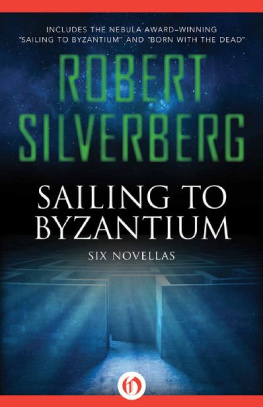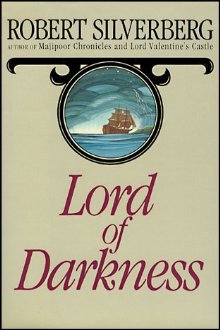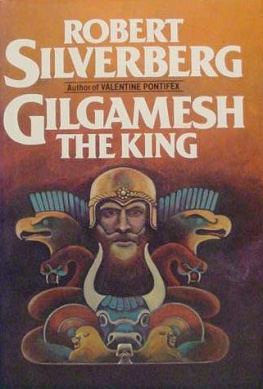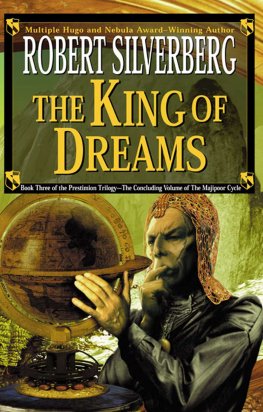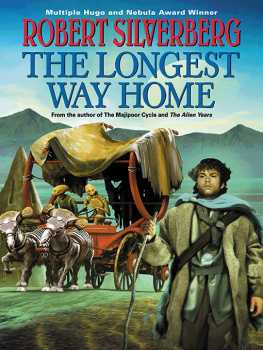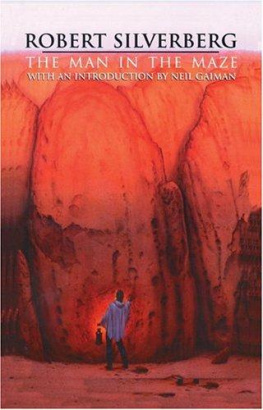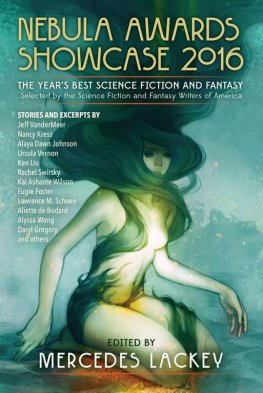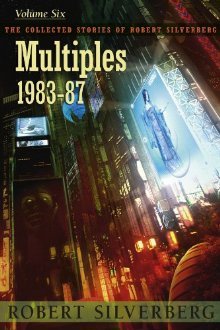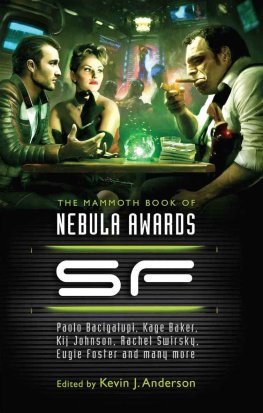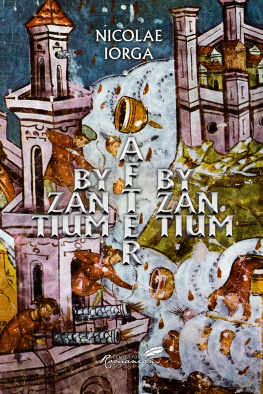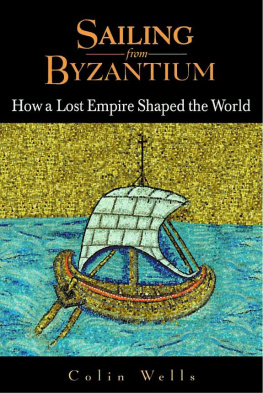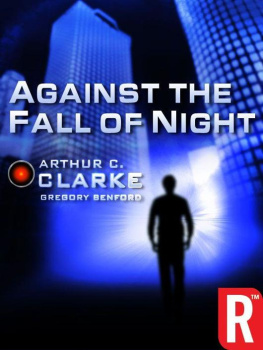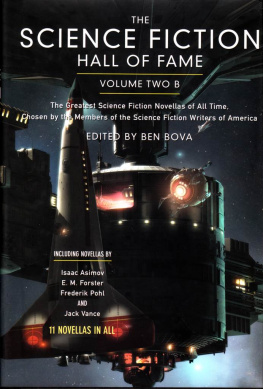
EARLY BIRD BOOKS
FRESH EBOOK DEALS, DELIVERED DAILY
BE THE FIRST TO KNOW
NEW DEALS HATCH EVERY DAY!

PRAISE FOR THE WRITING OF ROBERT SILVERBERG
Nightwings is Robert Silverberg at the top of his form, and when Silverberg is at the top of his form, no one is better. A haunting, evocative look at a crumbling Earth of the far future and a human race struggling to survive amidst the ruins, full of memorable characters and images that will long linger in your memory, this is one of the enduring classics of science fiction. George R. R. Martin
No matter if Silverberg is dealing with material that is practically straight fiction, or going way into the future his is the hand of a master of his craft and imagination. Los Angeles Times
The John Updike of science fiction. The New York Times Book Review
What wonders and adventures he has to tell us. Ursula K. Le Guin
He is a master. Robert Jordan
One of the very best. Publishers Weekly
In the field of science fiction, Silverberg occupies a place in the highest echelon. His work is distinguished by elegance of style, intellectual precision, and far-reaching imagination. Jack Vance
When one contemplates Robert Silverberg it can only be with awe. In terms of excellence he has few peers, if any. Locus
Robert Silverberg is our best Time and time again he has expanded the parameters of science fiction. The Magazine of Fantasy and Science Fiction
Sailing to Byzantium
Six Novellas
Robert Silverberg
Contents
ACKNOWLEDGMENTS
Introduction, copyright 2013 by Agberg, Ltd.
Sailing to Byzantium, copyright 1984, 1985 by Agberg, Ltd.
Thomas the Proclaimer, copyright 1972, 2000 by Agberg, Ltd.
Born with the Dead, copyright 1974 by Agberg, Ltd.
Homefaring, copyright 1983 by Agberg, Ltd.
We Are for the Dark, copyright 1988 by Agberg, Ltd.
The Secret Sharer, copyright 1987 by Agberg, Ltd.
CONTENTS
INTRODUCTION
The short novelor novella, as it is often calledis one of the richest and most rewarding of literary forms. Spanning twenty to thirty thousand words, usually, it allows for more extended development of theme and character than does the short story, without making the elaborate structural demands of the full-length book. Thus it provides an intense, detailed exploration of its subject, delivering, to some degree, both the concentrated focus of the short story and the broad scope of the novel.
Some of the greatest works of modern literature fall into the novella class. Consider Thomas Manns Death in Venice, James Joyces The Dead, Herman Melvilles Billy Budd, and Joseph Conrads Heart of Darknessor William Faulkners The Bear, Leo Tolstoys The Death of Ivan Ilyich, or Carson McCullerss The Ballad of the Sad Caf.
In science fiction, too, the novella has been particularly fruitful, from H. G. Wellss The Time Machine of the 1890s onward. The roster of classic science-fiction novellas includes such masterpieces as Robert A. Heinleins By His Bootstraps, Wyman Guins Beyond Bedlam, Isaac Asimovs The Dead Past, Roger Zelaznys A Rose for Ecclesiastes, James Blishs A Case of Conscience, and James Tiptree Jr.s Houston, Houston, Do You Read?
I have long found the novella a valuable form. One of the prime tasks of the science-fiction writer is to create carefully detailed worlds of the imagination, and therefore the writer must have room for those details. The short story can give only a single vivid glimpse of the invented world; the full-length novel frequently becomes so enmeshed in the obligations of plot and counter-plot that the background recedes to a secondary position. But the short novel, leisurely without being discursive, is ideal for the sort of world-creation that is science fictions specialty. And so, from Hawksbill Station of 1966 and Nightwings of 1968, I have returned again and again to the novella length with special pleasure and rewarding results: I have won more Hugo and Nebula awards for novellas than for stories of any other lengths.
Here, in one volume, are six of my best novella-length stories, written over a period of seventeen years. They were exciting stories to write and Im delighted to have the opportunity to bring them together in collected form.
Robert Silverberg
SAILING TO BYZANTIUM
It was the spring of 1984. I had just completed my historical/fantasy novel Gilgamesh the King, set in ancient Sumer, and antiquity was very much on my mind when Shawna McCarthywho had just begun her brief and brilliant career as editor of Isaac Asimovs Science Fiction Magazinecame to the San Francisco area, where I live, on holiday. I ran into her at a party and she asked me if Id write a story for her. Id like to, yes. And, since the novella is my favorite form, I added, a long one.
How long?
Long, I told her. A novella.
Good, she said. We did a little haggling over the price, and that was that. She went back to New York and I got going on Sailing to Byzantium, and by late summer it was done.
It wasnt originally going to be called Sailing to Byzantium. The used manila envelope on which I had jotted the kernel of the idea out of which Sailing to Byzantium grewI always jot down my story ideas on the backs of old envelopesbears the title, The Hundred-Gated City. Thats a reference to ancient Thebes, in Egypt, and this was my original note:
Ancient Egypt has been recreated at the end of time, along with various other highlights of historya sort of Disneyland. A twentieth-century man, through error, has been regenerated in Thebes, though he belongs in the replica of Los Angeles. The misplaced Egyptian has been sent to Troy, or maybe Knossos, and a Cretan has been displaced into a Brasilia-equivalent of the twenty-ninth century. They move about, attempting to return to their proper places.
Its a nice idea, but its not quite the story I ultimately wrote, perhaps because I decided it might turn out to be nothing more than an updating of Murray Leinsters classic novella Sidewise in Time, a story that was first published before I was born, but which is still well remembered in certain quarters. I did use the Hundred-Gated tag in an entirely different story many years laterThebes of the Hundred Gates. (Im thrifty with titles, as well as old envelopes.) But what emerged in the summer of 1984 is the story you are about to read, which quickly acquired the title it now bears as I came to understand the direction my original idea had begun to take.
From the earliest pages, I knew I was on to something special, and it remains one of my favorite stories, out of all the millions and millions of words of science fiction Ive published in the past five decades. Shawna had one or two small editorial suggestions for clarifying the ending, which I accepted gladly, and a friend, Shay Barsabe, who read the story in manuscript, pointed out one subtle logical blunder in the plot that I hastily corrected; but otherwise the story came forth virtually in its final form as I wrote it.
It was published first as an elegant limited-edition book, now very hard to find, by the house of Underwood-Miller, and soon afterward, it appeared in
Next page
